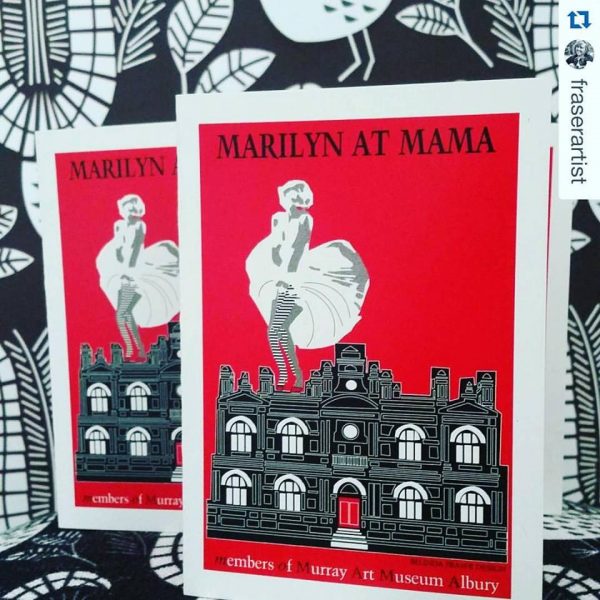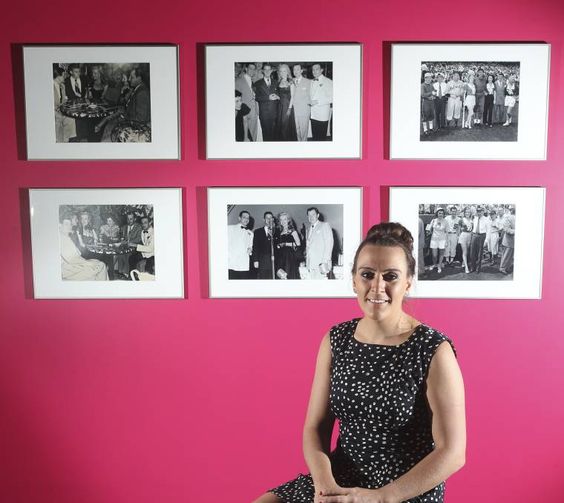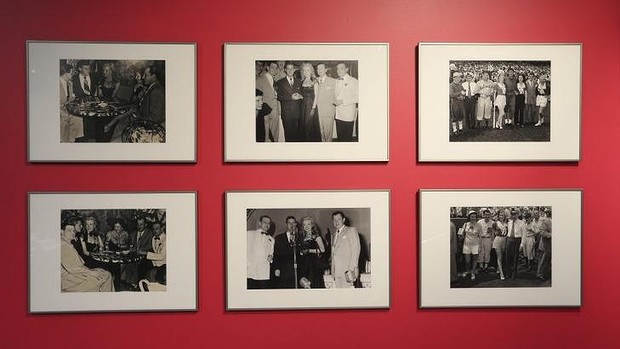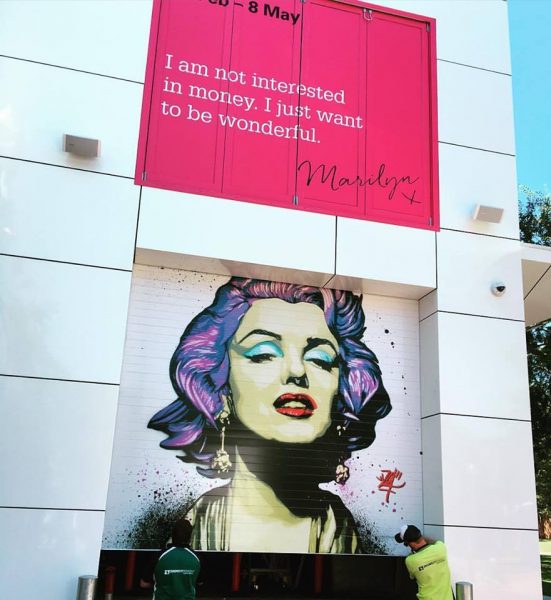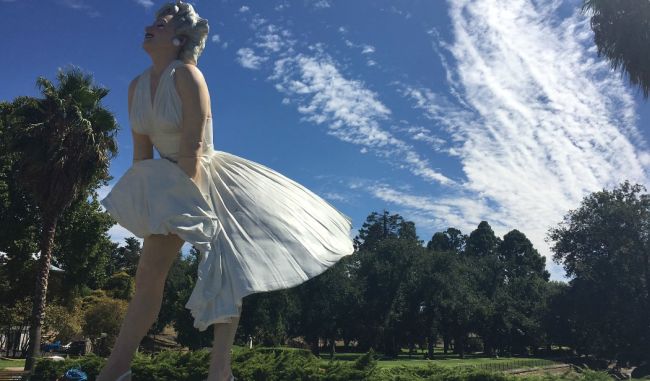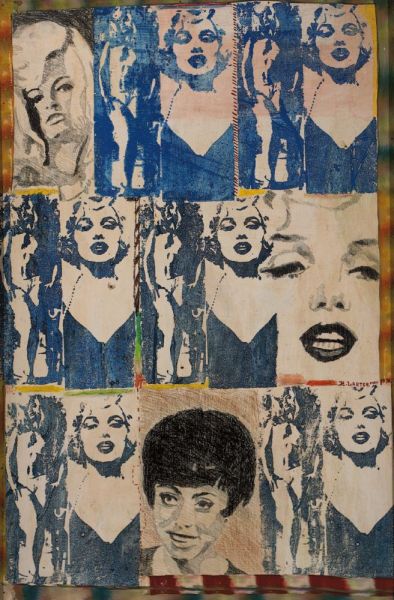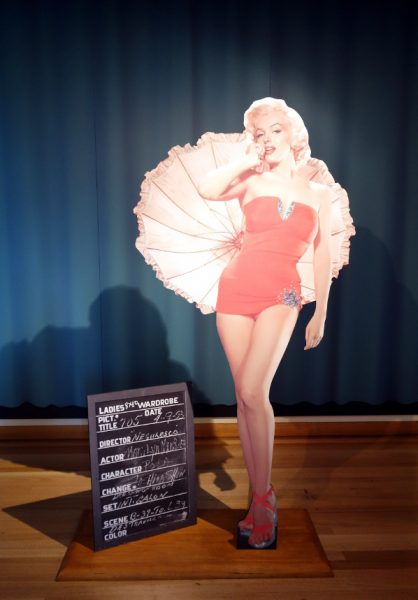
Following two major exhibitions in Bendigo and Albury, it can be said that 2016 (so far) has been Australia’s Year of Marilyn. Journalist Inga Walton has also made a significant contribution with ‘A Moment With Marilyn’, her detailed and insightful four-part series for Trouble magazine, which you can read here.
“There is something of the universal fable in Monroe’s story, in the way tales are re-cast, with a different setting, for a new generation. There is also an unmistakable touch of the heroic about her, given where she came from and where she went. ‘We take her seriously as an artist and person, a liberated woman before it became fashionable, who won an honoured place and lost her life,’ Norman Rosten attests. ‘A woman of obscure beginnings who studied and struggled against great odds to create a life of dignity and respect. She confronted a world of caste and prejudice; she broke into the clear for herself and others.’
There are myriad reasons for Monroe’s inextricable hold over generations of audiences. Her unique and intoxicating combination of beauty, talent, sensuality, impulsiveness, and emotional turmoil continues to beguile and haunt. Monroe’s life was plagued by frailty, isolation, and self-doubt. She suffered from the thwarted ambition and unfulfilled promise that afflicts so many of us- and yet she demonstrated great resilience. We have come to empathise with Monroe’s faults, feel compassion for the many challenging aspects of her life, and applaud her candour. Sometimes it seems as though the desperate pathos of her tragic demise might threaten to overwhelm the pleasure her work continues to bring. It is as though Monroe anticipated this paradox when she mused,
Life- I am both of your directions,
Somehow remaining hanging downward,
The most, but strong as a cobweb in the wind-
I exist more with the cold glistening frost.
But my beaded rays have the colours I’ve seen in paintings
Ah life, they have cheated you…”
